Calling Sehmat vs. Raazi
Adaptation ScoreThe adaptation score is a scale used to measure the accuracy of the book’s adaptation into a movie. It is not a score which judges how good the book or movie is: 8/10
In 1971, Bangladesh, formerly known as East Pakistan, became an independent country after a bloody and violent war. India supported Bangladesh with its military power, irking its western neighbour. In 2008, Harinder S. Sikka published a book, Calling Sehmat, loosely based on the true story of an Indian spy who married a Pakistani and lived in Pakistan during the time, collecting vital information for her country. In 2018, the book was made into Raazi, a movie starring Alia Bhatt.
Both the movie and the book are thrilling and keep you on the edge of your seat. Before we go forward, there are a few characters who will be referenced through the piece, so it is best to introduce them now. The protagonist of the story, Sehmat; her Indian trainer and handler, Mir; her father-in-law Army Brigadier Sheikh Sayeed (in the books) or Parvez Syed (in the movie); and her loving husband Iqbal. Also, as we will be analysing and comparing both the movie and the book, be prepared to come across spoilers, so read at your own risk!
Both the book and the movie focused a lot on Sehmat’s dedication and passion towards any cause she took up, but the way they portrayed it was different. The book focused a lot on her passion for dance, and Sikka writes a particularly poignant scene where Sehmat is so lost in her dance performance that she doesn’t even realise that her foot is cut and is bloodying the entire stage. The movie instead, chooses to skip this and depicts her dedication only to her country and spends a lot of time showing it by going into details of her spy-training. I preferred how the book deals with it because it not only showed Sehmat’s willingness to work hard and her passion from a young age but also presented a more multi-faceted side to the protagonist as opposed to the unidimensional character we come across in the movie. However, I can understand why it was skipped in the film since the dance scene would definitely be a distraction and take away from the edginess and pacing of the movie.
However, my bigger issue is with Sehmat’s character evolution while in Pakistan and the portrayal of her husband, Iqbal. In the book, Sehmat participates far more actively in the Syed household and even influences Brigadier Syed’s decisions and gives him lessons on strategy and political savviness. In the movie, Mir has warned Sehmat not to make herself conspicuous and she dutifully fulfils her instructions by being a relative wallflower at her in-laws’ and going about her mission quietly in the background. Furthermore, in the book, she makes active cold-blooded decisions such as killing her brother-in-law, as opposed to the movie where instructions are given by her Indian superiors and she is shown in a moral conundrum as to whether or not to follow them.
(Source: WHeadline)
The character of Iqbal too is portrayed rather differently. In the book, he is much more of a doting lover, shown with little brains or conviction. In the book, he is so hopelessly in love with her that he goes along with her plans, and sacrifices his widowed sister-in-law so Sehmat can escape safely to India. In the movie, he is much better etched out- he gives Sehmat the choice of when to have sex with him, displays a passion for jazz music and chooses to understand Hindustani classical as his wife enjoys it. In the end, he picks loyalty to his country over his love for her, resulting in his own death. I found this problematic as it made Sehmat’s journey in the book seem all too easy, while the movie showed a lot more of her struggles and the tough choices she had to make.
(Source: DNA)
Having said that, there are a few glaring differences between the two. Once again, I understand the reason for omitting them as the pace of the movie would be severely affected, but nonetheless, I did miss these bits in the movie. The first and most important difference is the deletion of the character Abhinav or Aby, Sehmat’s lover back in India. Sehmat met Aby in college and he plays an important role in ensuring she is selected to play Mirabai despite the college board’s opposition to her being chosen as she is Muslim. More importantly, in the end, when she has an emotional break down he is the one who adopts and raises her son till she is able to care for him again. Much to my surprise, the entire character of Aby was deleted from the movie.
One major plot difference between the book and the movie is the network of spies and informers who help Sehmat while she is in Pakistan. The book only shows a handful of people doing this, and that too not till the end of the book. The movie instead depicts her constantly leaning on others, whether rickshaw-wallahs, fruit and flower sellers or seniors in the Indian embassy who are assisting her or providing her with guidance. The book makes it seem like a one-man operation, and that too from a relatively naïve and untrained girl, as opposed to the movie where it seems more realistic and probable.
Another interesting difference is the depiction of religion in the book. It pays much more attention to religious differences and Hindu-Muslim sensitivities while the movie only focuses on the nationality angle. In fact, in the movie, there is no reference to anyone’s religion, but only to their nationality. This makes for a refreshing change in the current political scenario where so much importance is given to religious differences. By not focusing on the religious angle, the movie intelligently portrays that nationality and loyalty to one’s nation are well above religion and, unlike the book, does not imply that Sehmat’s role was more praise-worthy because she was a Muslim loyal to India.
(Source: Bollyworm)
At the end of the movie, Sehmat gives Mir a moving speech on humanity and war, on how she doesn’t want to become a ‘soldier’ who can sacrifice people without thinking of the consequences. I wonder how the book would have been had there been a similar speech, instead of Sehmat simply accept that sacrifice is part of the nature of war. I wonder how gripped I would have been till the end of the movie had I known that Sehmat survives her stay in Pakistan and dies an old woman in India as I did from the opening pages of the books. The book almost seemed tranquil despite the thrilling story, while the movie kept you on edge throughout.
All-in-all, it is definitely one of the better adaptations I have seen, and I cannot recommend both versions enough. I encourage you to read the book and watch the movie. The order in which you choose to do so, I leave up to you.
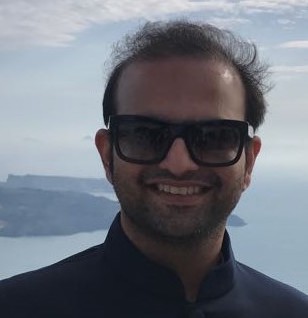
As a young boy, Nirbhay had the annoying habit of waking up at 5 a.m. Since television was a big no-no, he had no choice but to read to entertain himself and that is how his love affair with books began. A true-blue Piscean, books paved the path to his fantasy worlds- worlds he’d often rather stay in. Nirbhay is the co-founder and publisher of The Curious Reader.
You can read his articles, here.


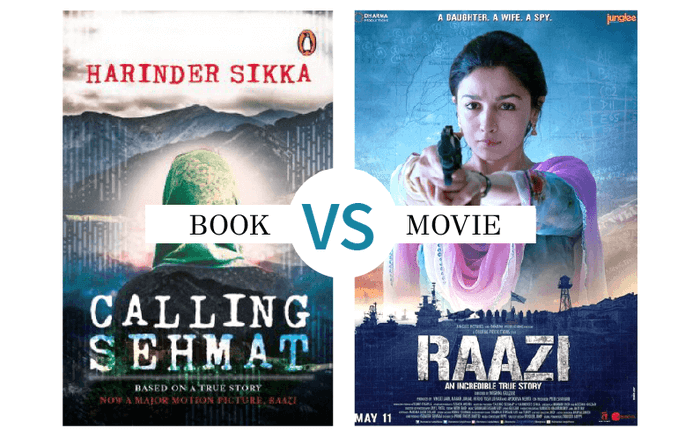
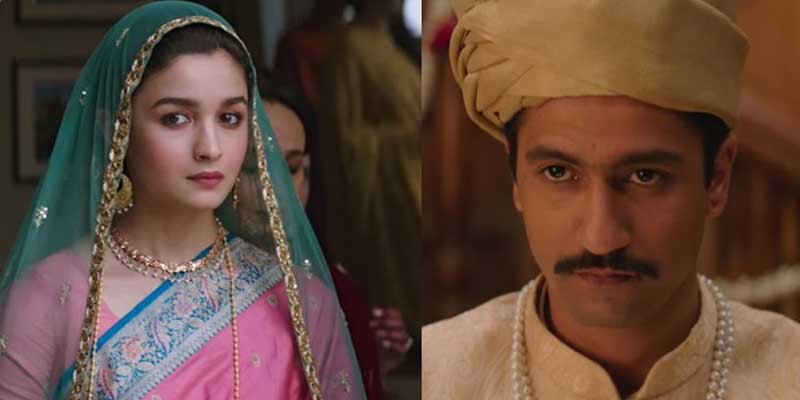
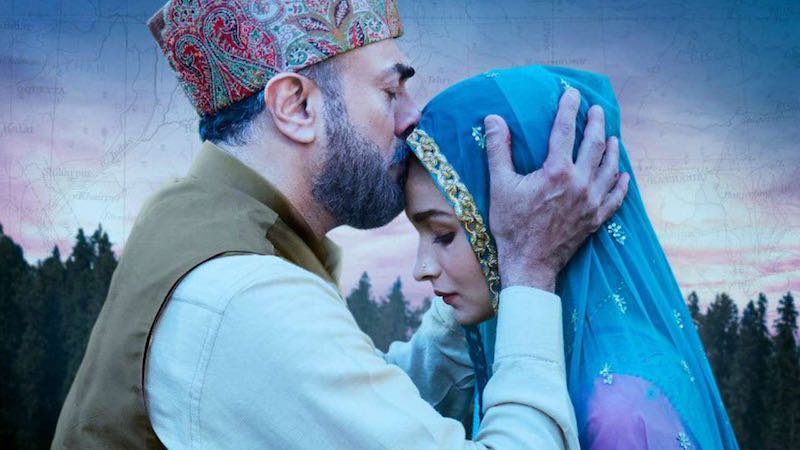
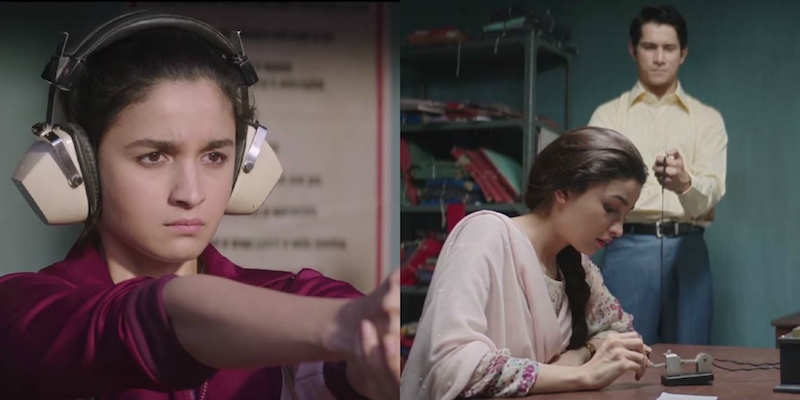
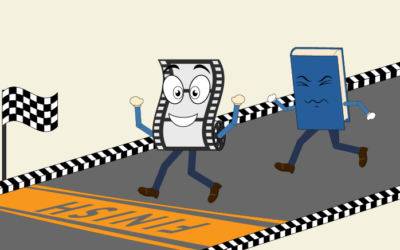
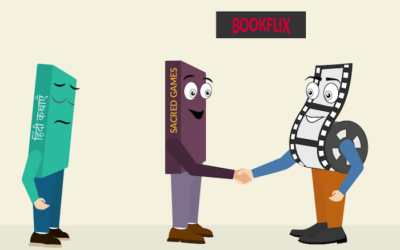
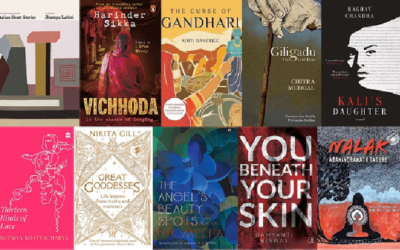
Your comparison is so very true.
I saw the movie first and afterwards I ordered the book online to read this amazing story. I was sure the book would have a lot more twists and plots to offer, like it always happens where movies are tailor-fitted to a limited running duration.
Both versions are lovely. Just that in the movie, Alia portrays a very convincing human like Sehmat, while in the book, Sehmat seems more hard hearted, scheming and strategizing.
Thank you
I love how you have brought out the Dynamics at play.
I understand book had been a direct account from the person herself, I have a feeling the consequences of her actions made her feel so dehumanized of who she was, that perhaps in her telling of her version, she must’ve omitted the dilemmas if she were in.
I believe the movie in it’s adaptation has in a matured and a sensitive manner conveyed the consequences of choices we make. It shows us the grey areas of discomfort and conflict which often isn’t talked about when one is soldier at war.
It shows us, that there is a possibility of hope even when one makes extreme choices in lives.
It is made w.r.t. the times we live in.
Thank you so much Nirbhay for your wonderful review
Thank you, Deepti. I am glad you enjoyed it.